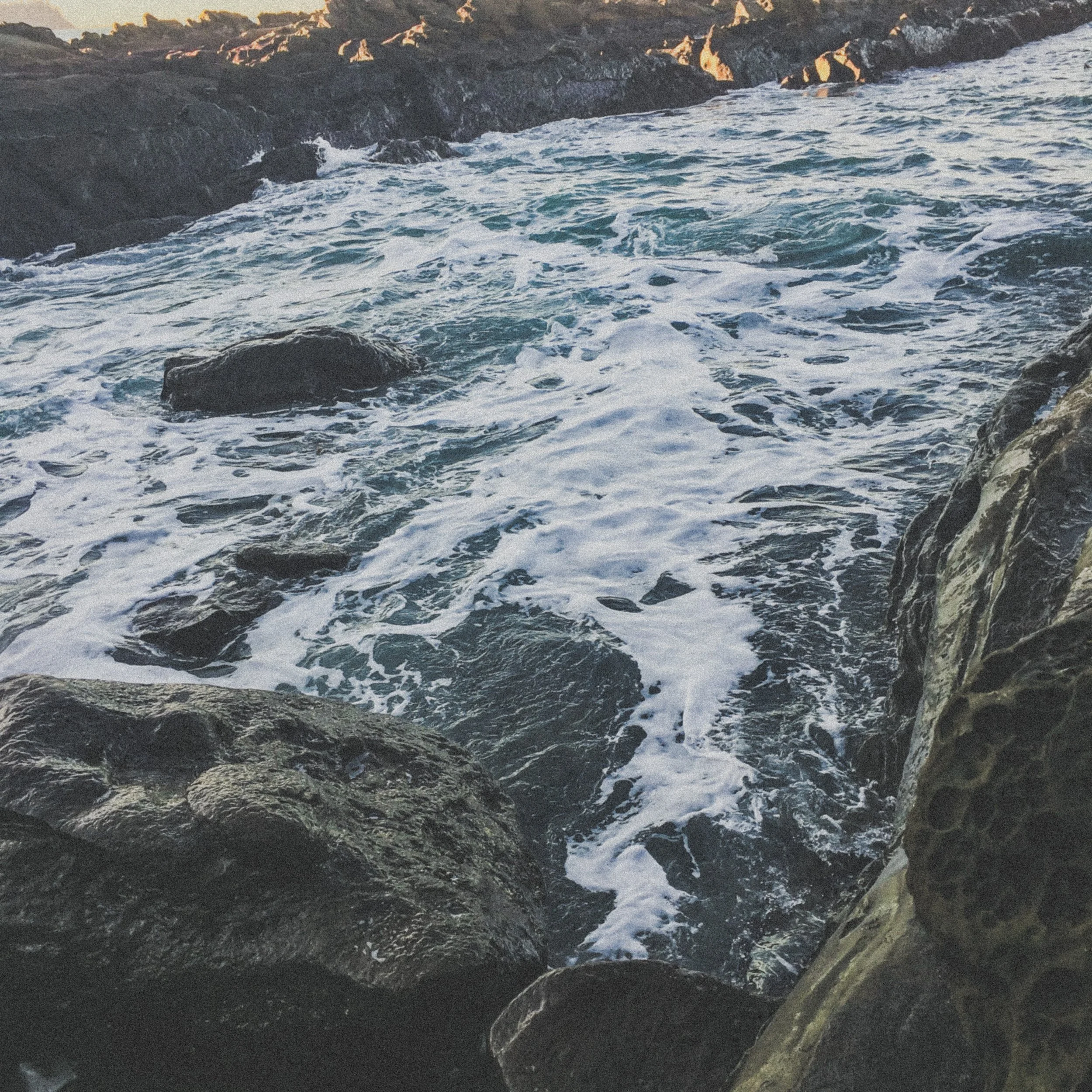
The Artist’s Journey
kʷaɁowišč, Inanna McCarty is an Indigenous person to the United States and Canada, I am from the waɁač and Tsawout First Nations village and a descendant of both Nuu-chah-nulth and Coast Salish families. McCarty grew up in her ancestral land of the Makah Tribal Nation. During her childhood she played along the Wa’atch River, not too far from where her great-great grandfather, Jerry McCarty was born. Inanna’s paternal lineage includes a long line of whalers and members of the Hamatsa and Wolf Society, while my maternal side practiced the Big House ceremony. Five generations ago, her ancestors signed the Makah Treaty.
Inanna has been creating art for over a decade, developing and honing an interdisciplinary skill set that includes painting, beading, metalworking, wood carving, digital and graphic design, weaving, writing, and photography. Art serves as a therapeutic outlet for her, drawing from both McCarty’s personal life experiences, and her close relationships. McCarty’s creative process often begins with a vision or mental image, which she captures in a sketch or written description. This initial idea then undergoes a transformation through continuous research and experimentation.
McCarty is both self taught and has some formal training. Although she is largely self-taught, She has received invaluable guidance from family members, particularly her father, and has studied the works of dozens of artists. Her formal training in art includes a college course in oil painting, where she learned foundational techniques. Despite struggling with the medium, she never hesitated to persist and push herself to make improvements to my technique and understanding. In addition, McCarty’s skills in digital art stem from a high school course in Adobe Illustrator and Photoshop.
The fundamental values of transformation and change are central to Nuu-chah-nulth spiritual beliefs and resonate deeply in McCarty’s work. Guided by her cultural values, she strives to reclaim Indigenous history, tell Indigenous stories, and challenge perceptions of Native peoples as merely relics of the past. Inanna takes pride in the fact that First Nations peoples art has always been functional, with purposes beyond aesthetics. With this in mind, she continues to explore what it means to create for both Indigenous communities and the world.


